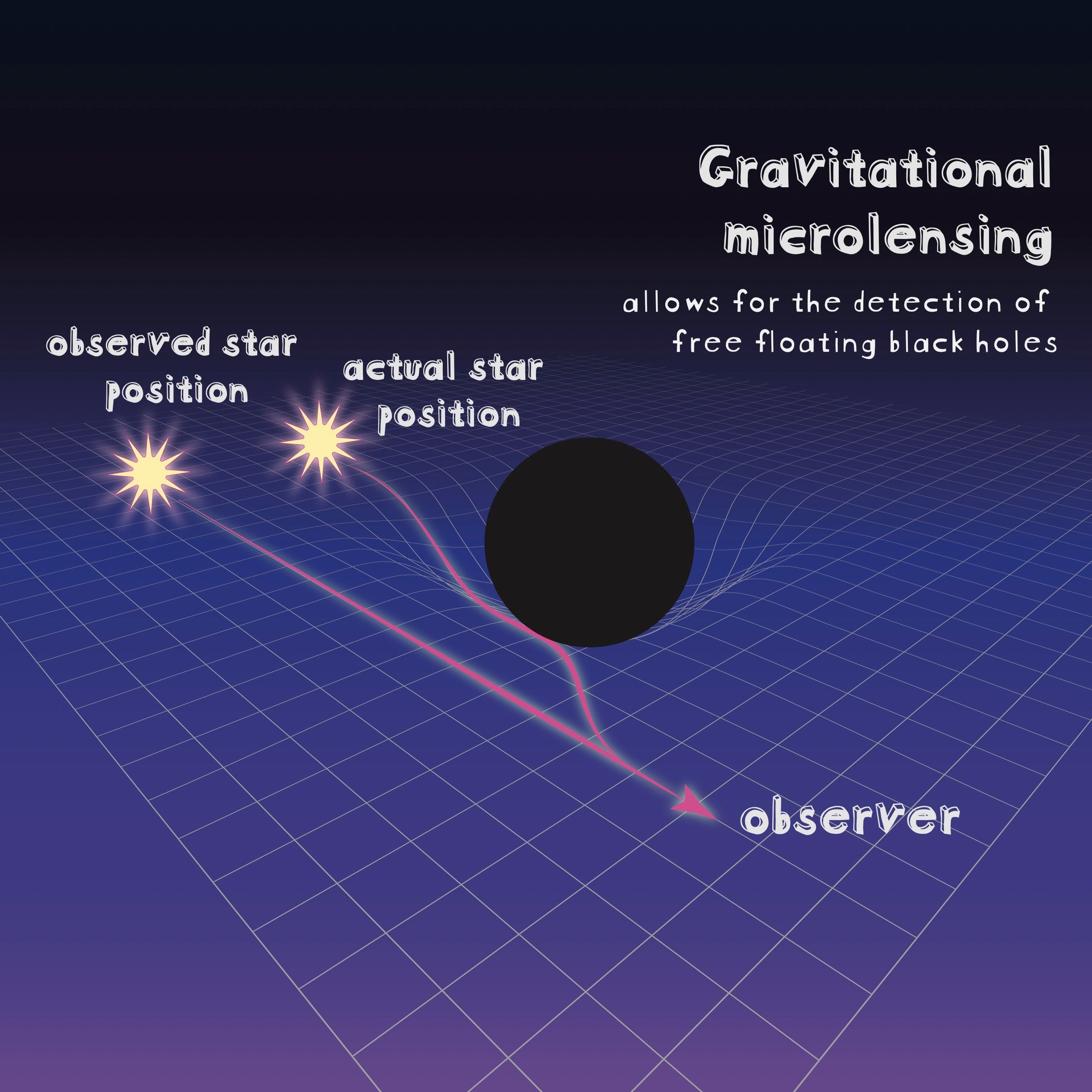
Caught between increasing demand for computing power and finite energy resources, engineers are searching for innovations in efficiency. One major research frontier is in compact data storage, such as the flash drive, that does not require a continuous energy supply. These devices often rely on ferroelectricity—the ability of materials to retain separate positive and negative charges—without an applied electric field. The concept is analogous to how fridge magnets stick to your fridge. But scaling down materials to make smaller devices can alter their physical properties. Until recently, ferroelectricity seemed to disappear in materials thinner than a few nanometers.
The Salahuddin lab in the Department of Electrical Engineering and Computer Sciences at UC Berkeley set the new record for an ultrathin ferroelectric material. The lab synthesized a film of modified hafnium oxide, a common material in electronic devices, that was partially replaced with a different material, zirconium, to become ferroelectric. The researchers verified ferroelectricity using microscopy that can detect electric charges. When an electric field was imposed, the electric charge of the material shifted in response; when the field was removed, the shift was retained.
The group next experimented with the thickness of the film and found that ferroelectricity became stronger in thinner films, making the material a top candidate for scaling innovations in electronics. The lead researcher, Suraj Cheema, added that devices with the new material may hit the market soon. He says the team is already working closely with companies “to incorporate this material into their next-generation memory devices relevant for laptops and smartphones.”
This article is part of the Spring 2021 issue.





